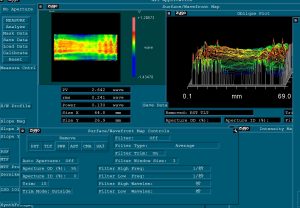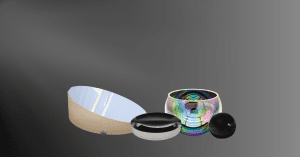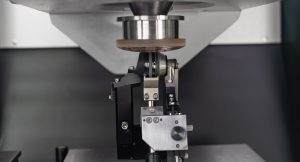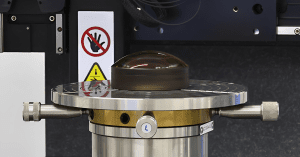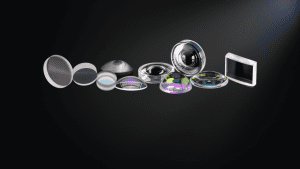Freeform Optics
Freeform optics have the potential to revolutionize the way optical systems are designed and can push the limits on optical performance. At Avantier, we produce custom freeform optics for cutting-edge applications in industry, defense, research, and medicine. We specialize in Custom Freeform Optics Design and Manufacturing Solutions for imaging, catering to single prototypes and bulk production alike.
A freeform optic is defined as one that has at least one surface with no translational or rotational symmetry about any axes that are normal to the mean plane. In practice, this means that freeform systems may be free from any constraints of symmetry.
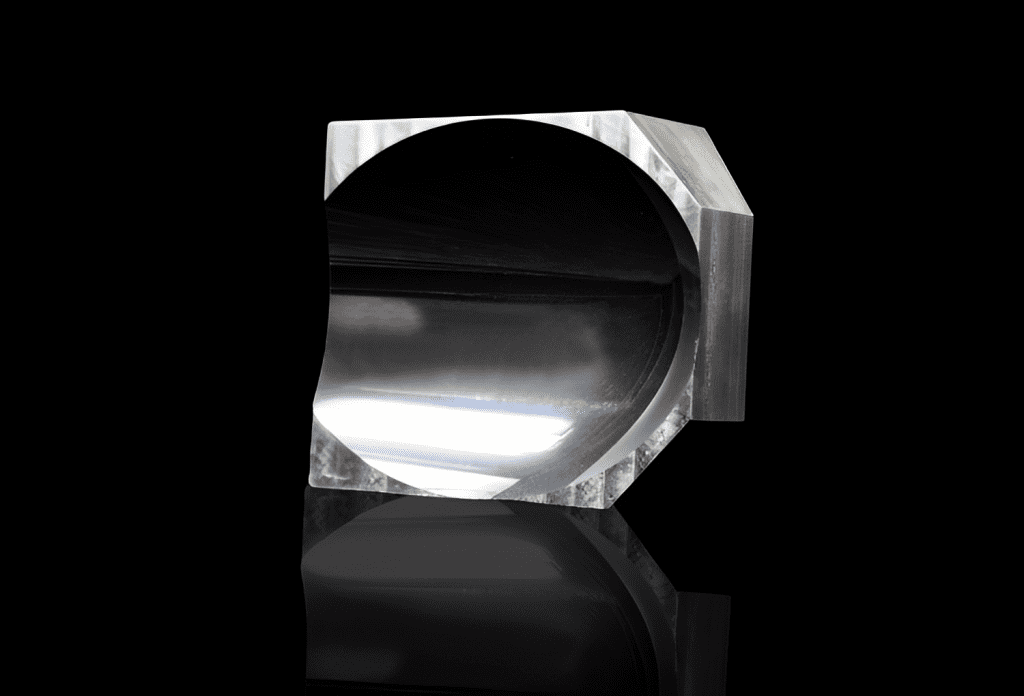
Specifications:
Material: Aluminium
Size: 40 x 30 x ET 8mm
EFL: 20mm
Off-Axis Angle: 0°
Coating File: Silver
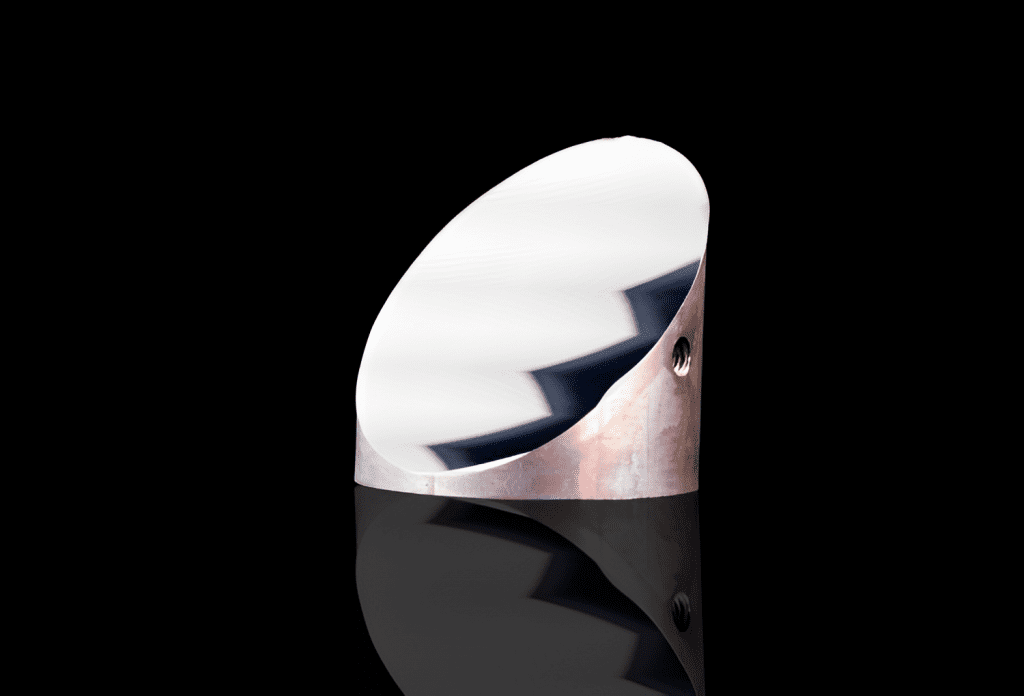
Specifications:
Material: Copper
Size: D50.8 x ET7mm
EFL: 101.6mm
Off-Axis Angle: 90°
Coating File: Silver
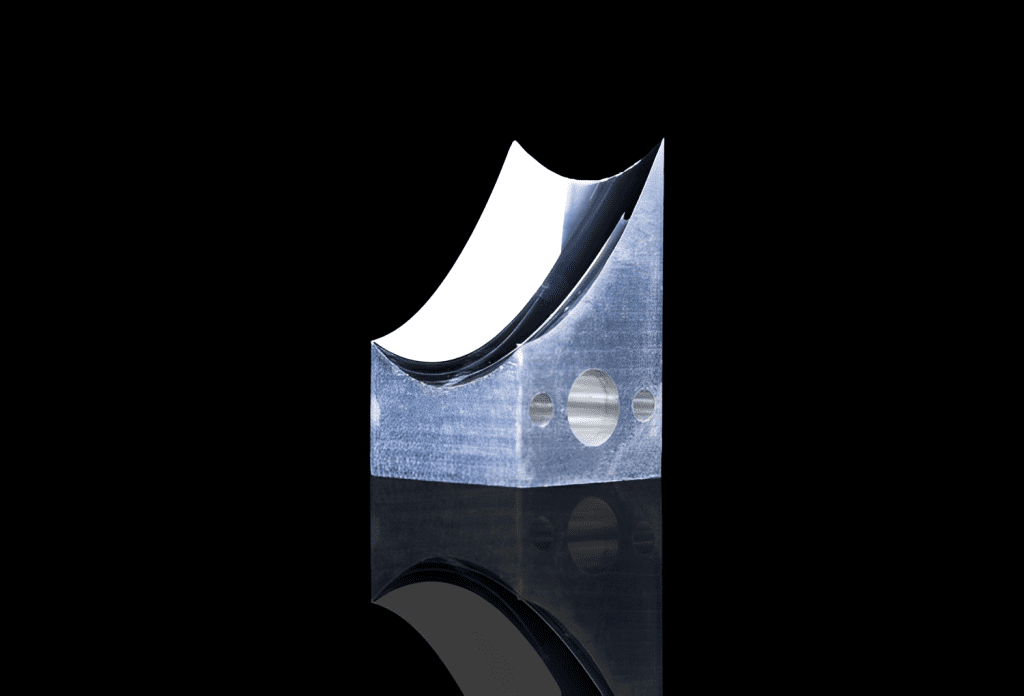
Specifications:
Material: Aluminium
Size: 25 x 15 x ET 10mm
EFL: 17.04mm
Off-Axis Angle: 80°
Coating File: Silver
Understanding Freeform Optics
Freeform optics refer to optical components that lack translational or rotational symmetry. These components feature surfaces described by general XY polynomials and possess more degrees of freedom compared to conventional spherical optics.
While a standard optical surface is rotationally symmetric, a freeform optical surface does not have constrains on the surface shape. This flexibility provides unique advantages in enhancing optical performance and minimizing device size. However, manufacturing freeform optical surfaces is more challenging; traditional methods such as standard grinding and polishing are insufficient. Instead, specialized techniques like single-point diamond turning are employed to fabricate these components.
Freeform optical components can be crafted from various materials including metals, plastics, germanium (Ge), calcium fluoride (CaF2), magnesium fluoride (MgF2), zinc selenide (ZnSe), zinc sulfide (ZnS), gallium arsenide (GaAs), and silicon (Si).
Benefits
Freeform optics are considered the optic of choice in many situations because they reduce many of the common aberrations that plague traditional optics. Sometimes, a function that would be impossible using just spheres and aspheres becomes functionally possible when employing freeform optics. Some concrete benefits many optical designers see in freeform optics include:
- Advanced beam shaping
- Lower # of optical elements in assemblies
- Smaller, lighter, and more compact optical systems
Manufacturing Processes
Because a freeform optic is not rotationally symmetric and is designed without reference to the sphere that forms the basis for most traditional optics, freeform optical manufacturing has unique challenges to overcome. Traditional shaping and polishing techniques don’t work with freeform optics, but state of the art computer numerical control (CNC) optical grinding technology enables us to create any freeform desired.
Often, the manufacture of a freeform optic begins with the roughing out of the surface from an optical blank by a grinding tool integrated with CNC technology and ultraprecise single point diamond turning. The freeform surface is defined in CAM software and the tool follows computer instructions to create a rough draft of the surface. This is followed by rough and fine grinding of the freeform surface using a ball tool controlled by CNC. At several points throughout the process, the new optic is removed from the machine, and the profile is measured carefully to determine any errors in shaping. These errors are corrected in the next grinding steps.
After the fine grinding of the freeform optic is complete, the piece is finished using a sub-aperture polishing process and then the optical surfaces are subject to numerous metrology checks to ensure it meets all applicable standards. We use surface profilers, interferometers, and computer generated holograms to verify that everything is as it should be.
Depending on substrate, some freeform optics are also produced by precision molding, followed by CNC-powered fine polishing. The freeform lens/mirror substrate opinions include metal materials, plastic materials, germanium (Ge), calcium fluoride (CaF2), magnesium fluoride (MgF2), zinc selenide (ZnSe), Zinc Sulfide (ZnS), gallium arsenide (GaAs), silicon (Si), etc.
Custom Freeform Optics Design & Manufacturing Solutions
Avantier is proud to be a premier producer of custom freeform optics solutions for imaging. Our optical engineers and designers are at the forefront of this new field and have the expertise needed to bring your idea to life. Whether you’ve got detailed freeform optics designs for your desired optic or simply a rough list of desired properties, we can work with you and get you the custom freeform optics for imaging you need. Whether you need a single prototype or bulk production for industrial use, we can work with you to get you what you need. Please contact us today to place a custom order or schedule an introductory consult and get the design process started.
WE CAN HELP YOU!
Contact us NOW for sales & expert advice.


